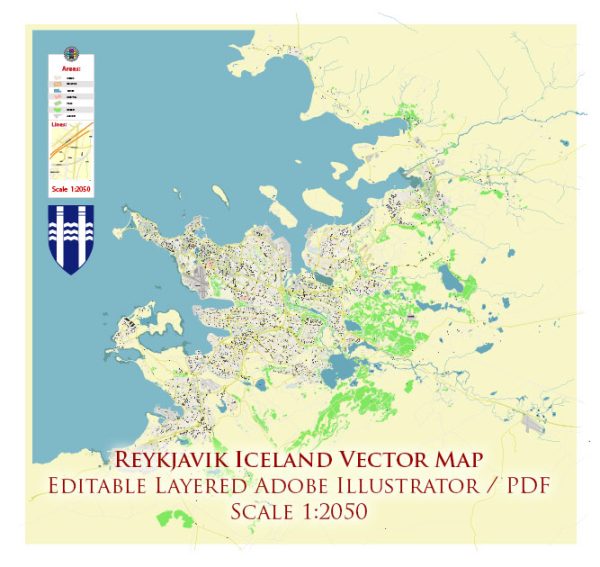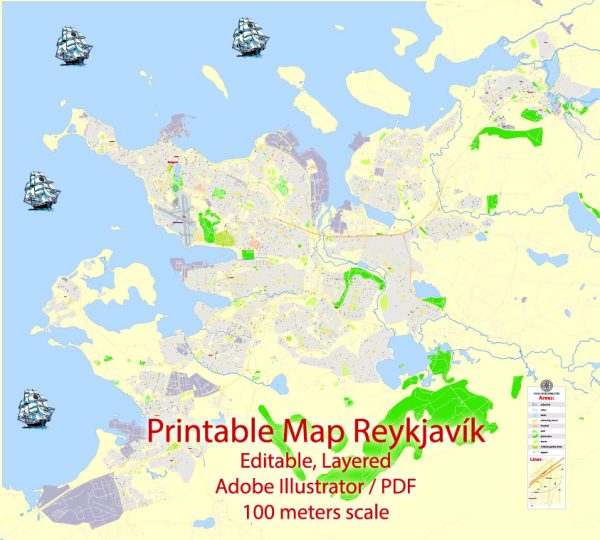Reykjavik, the capital and largest city of Iceland, has a rich history of urban development. Here is an overview of the key stages in its development:
- Early Settlement (9th Century): Reykjavik’s history dates back to the 9th century when the first permanent Norse settler, Ingólfur Arnarson, established a homestead in the area. The name “Reykjavik” translates to “Smoky Bay,” likely referring to the steam rising from the hot springs in the region.
- Medieval Period: Throughout the medieval period, Reykjavik remained a small, rural settlement. It did not play a significant role in Icelandic politics or trade during this time.
- Danish Rule (17th-19th Centuries): During the 17th century, Reykjavik started to grow as a trading town. However, it was not until the 18th and 19th centuries, under Danish rule, that Reykjavik began to transform into a more urban center. In 1786, it became the official capital of Iceland.
- 19th Century: Reykjavik’s urbanization gained momentum in the 19th century. The Alþingishúsið, the Icelandic Parliament House, was built in 1881, symbolizing Reykjavik’s increasing importance as the political center of Iceland.
- Early 20th Century: Reykjavik continued to grow in the early 20th century, with improved infrastructure and services. The city’s economy diversified, and it became a hub for commerce and administration.
- Post-WWII and Independence (20th Century): After World War II, Reykjavik experienced significant growth and modernization. The population increased, and urban development expanded with new neighborhoods, roads, and public facilities. In 1944, Iceland gained independence from Denmark, solidifying Reykjavik’s status as the capital of a sovereign nation.
- Late 20th Century to Present: Reykjavik has continued to evolve as a modern, cosmopolitan city. The late 20th century and early 21st century witnessed further urban development, including the construction of modern buildings, cultural institutions, and infrastructure improvements. The city has become a cultural and economic center, attracting tourists and businesses alike.
- Cultural and Economic Hub: Reykjavik is known for its vibrant cultural scene, with numerous museums, galleries, and festivals. It also serves as the economic and financial center of Iceland.
- Sustainable Development: In recent years, Reykjavik has placed a strong emphasis on sustainability and green initiatives. The city has been working towards becoming carbon-neutral and has implemented various environmentally friendly policies.
Reykjavik’s history of urban development reflects its journey from a small Norse settlement to a thriving modern city, blending historical charm with contemporary amenities.



 Author: Kirill Shrayber, Ph.D.
Author: Kirill Shrayber, Ph.D.